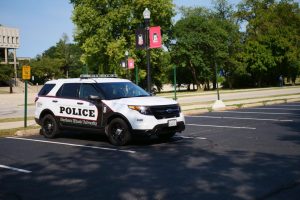AIDS article inaccurate
February 17, 1988
I am responding to the article by Matt James on Feb. 4th about AIDS tests. I have called the Star to find out what Matt’s sources were for his article, but they were not available.
I would like to relieve the fears of those students who are required by Illinois state law to have the HIV (AIDS) antibody test done prior to getting married.
The HIV (AIDS) antibody test was first licensed by the Food and Drug Administration (FDA) in 1985. The Public Health Service has emphasized how these results are to be obtained and interpreted.
According to the Public Health Service, for an individual to be considered reactive or positive for the HIV antibodies, the blood specimen must be reported reactive by the Elisa (EIA) test, which is an enzyme immuno-assay test specific for HIV, and reactive by the Western Blot or other immuno-flourescence test. These tests are completed before any results are released to the health care practitioner and the person being tested.
Clinical data submitted by the test manufacturers to the FDA for licensure indicate that the sensitivity and specificity of the EIA tests currently on the market for laboratory use in the U.S. are greater than 99 percent accurate. When the combination of repeated EIA and Western Blot tests are used, as is required in Illinois, the rate of false-positives is less than 0.001 percent. This is translated as a 99.99 percent accurate method of testing for HIV antibodies.
Even if a test does turn out to be positive, this does not necessarily mean that the person will develop AIDS.
The preceding information was obtained from the Morbidity and Mortality Weekly Report, Jan. 8, 1988, prepared by the Center for Disease Control, Atlanta, Georgia, and published by the Massachusetts Medical Society.
Anyone needing further information about HIV testing can contact the University Health Service.
Nancy Whetston, R.N.
University Health Service






